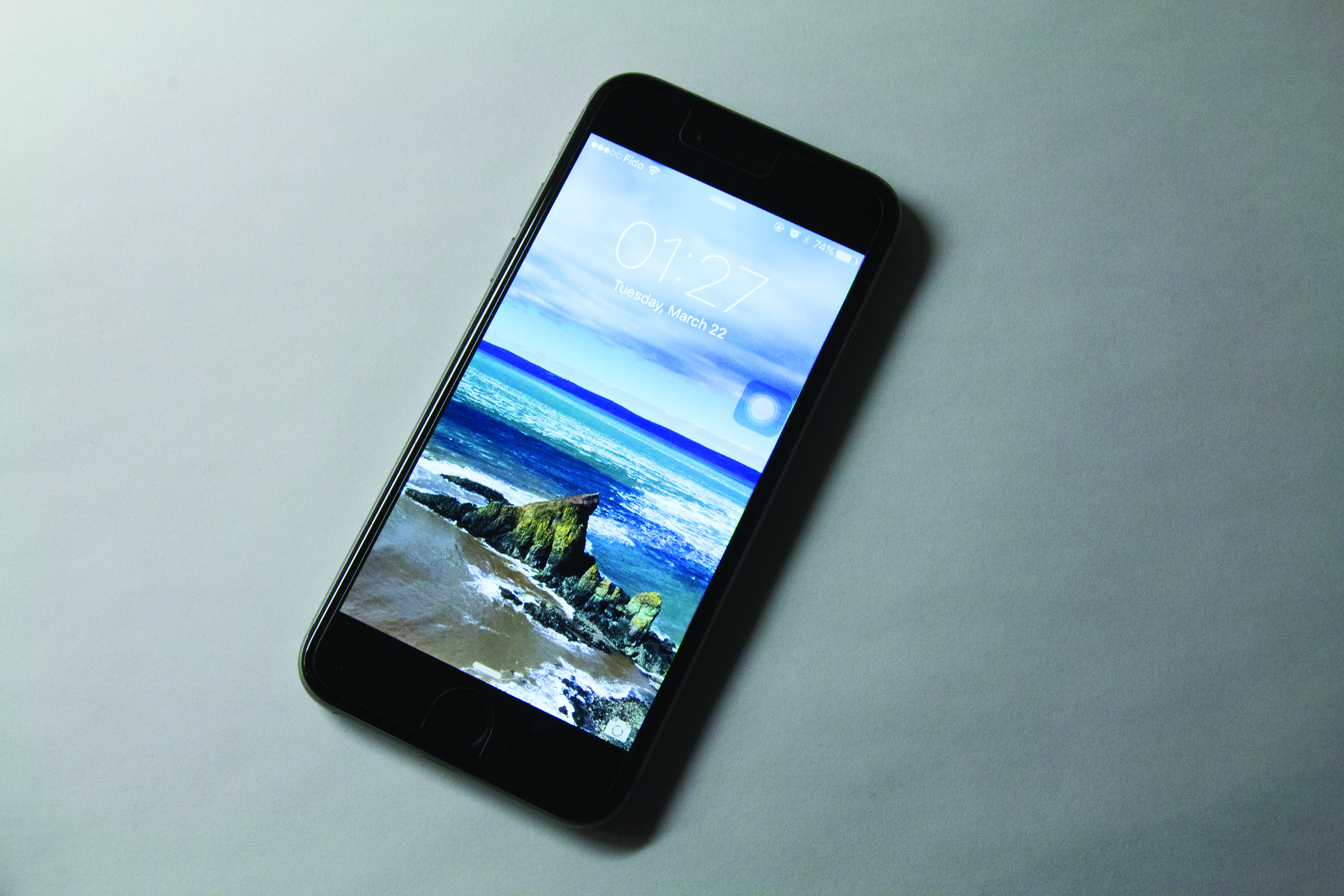Before I proceed, I will begin by stating that I am not, and never will be, a varsity athlete. I will never be a mathematician, I will never be a concert pianist, I will never be a surgeon. I will never be a lot of things; however, I will be an academic. The last four years at Acadia have coerced me into a new way of understanding the world. In the words of a very influential and intelligent professor from the Politics department, “our aim is to teach you to you to think about the way you think.” So here I am, thinking about the way I think, and thinking about the way others think. I will proceed without any biases, and it is my hope that by the end of this article, students at Acadia will understand the importance of the phrase, “never judge a book by its cover”.
As I was just recently told by a second year student from Chipman House, the first thing the majority of people notice when they meet you is how “hot” you are. “Hot” is an interesting mark of a person. What, aesthetically, constitutes being “hot”? I was walking to the BAC the other day with five layers on, and I was on fire. Unfortunately, I do not believe that was the definition he was aiming for. After having a discussion with this student, who will remain nameless, I began to understand how he could resonate with this sentiment. We are all part of a generation who reduces and subjugates one another down to singular stereotypes based on our physical appearances. It is rather easy to meet someone for the first time and decide what type of character they possess based on the way that they physically present themselves. However, after the thrills of binge-drinking and acting like a degenerate started to wear away for me, I began to ask myself: what constitutes being more than the sum of your parts? Was it your physical appearance, or would it be the fullness of your heart and the content of your brain? I had decided upon the latter.
When I began my degree in 2013, I was majoring in Kinesiology. Those of you who know me personally may laugh at the thought of me in any kind of “Kine” class; however, from that experience I had learned that I was not in the right place, and that it is more than okay to go against the grain for the sake of fulfilling yourself academically. In my Foundations of Kinesiology class, I found myself looking around the room and wondering what each person sitting in Huggins 010 was like and, more specifically, if they were more than the sum of their parts. It would have been extremely easy for me to see a plethora of football players at the front of the class and think, “no substance”. I could have assumed all of the soccer players were kissing ass because some of their coaches were involved in the Kinesiology department. It would have been easy for me to look at the hockey players and develop cynicism towards them on the preconceived notion that they are favored above everyone. As I said before, it is extremely easy to form opinions on other people based on their outward appearance, what they do, and what classification they fall under, an example of the Acadia Aesthetic. However, I had made a very great attempt to keep my thought processes from falling under this jurisdiction. As difficult as it was to not judge, maintaining peace of mind and letting each individual form their own opinion of themselves for me has proved to be rather useful in situations such as this one.
During my short yet sweet time in Kinesiology, I made friendships that I value greatly, ones that I still have to this day. A lot of the friendships that I had made were with varsity athletes. In the Athenaeum edition 79.1, an article titled “Non-Varsity Blues” was published under the Sports & Wellness section. This article was presented in a very generalized manner, and although the intention to generate discussion was present, it was deemed by some as highly inarticulate. In short, the article discussed the anonymous author’s, issues with varsity athletes and their relations towards the rest of the university campus. Some of the major issues Anonymous had with varsity athletes included, but were not limited to: their personal locker rooms, free team clothing, free tutors, financial assistance, and blatant favoritism. Normally, I would have turned a blind eye to such an article, as it would have just been an opinion generated by somebody who was angry because they assumed weren’t getting their fair share of the university pie. However, I am unable to hold my tongue in regards to the comments made relating to the blatant favoritism of athletes based on their physical attributes.
Although the value people place on physical attributes is extremely high in contemporary society, it is very difficult to accept that type of favoritism in university. Varsity athletes, more often than not, are very fit. From the information I have gathered from neighbors, friends, and classmates who have been a part of a varsity sport, they spend an average of 2-4 hours per day either on their respective playing field or in the gym practicing their sport of choice. Typically, their physical appearance is not a natural characteristic, but rather the product of hard work and dedication. To achieve this attribute requires time, dedication, and patience. Although Anonymous carefully constructed a generalization about varsity athletes, he failed to recognize that in doing so, he was discrediting athletes who are heavily involved in extracurriculars that enrich campus life and the community. Programs such as S.M.I.L.E. and KinderSkills bring in a wide range of athletes. Each varsity team has different focuses on issues that they bring light to; some of these include Bell Lets Talk, Get Real, and Alzheimer’s awareness. Their involvement and ability to participate in these programs is not predicated on the foundations of their physical appearances.
Our generation is faced with the task of navigating a complicated landscape. Our values are generated from outward images that we see on the Internet, and more often than not, we have a very difficult time explicitly stating our opinions out of fear that they will go against the grain. This aim of this article was not to attack Anonymous, but to shed light on the crisis our generation is faced with. We must begin looking at humans as just that: human. By looking at a person as more than the sum of their parts, we are able to make deeper intellectual connections, ones that are built upon the content of a person’s heart or the intellect they present. The mark of a person’s character in university, and the real world, should not be decided based on their outward appearance. It is important for us to remember that looks do not last forever, and that there really is true value in not judging a book by it’s cover (or in this case, an athlete).





